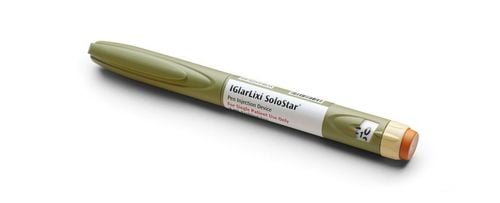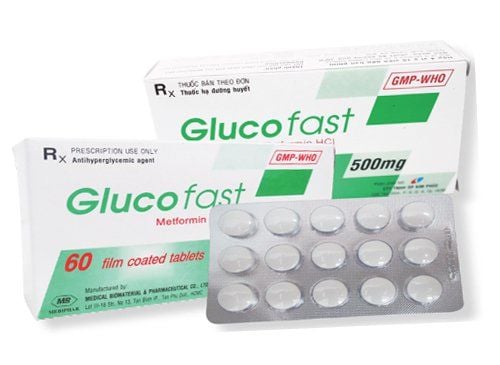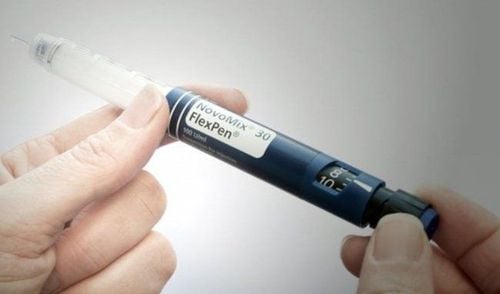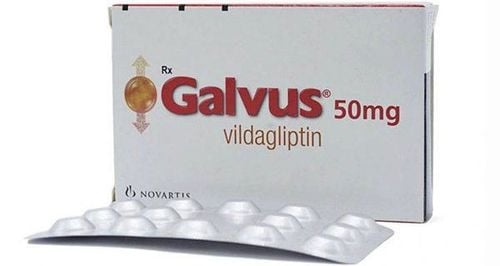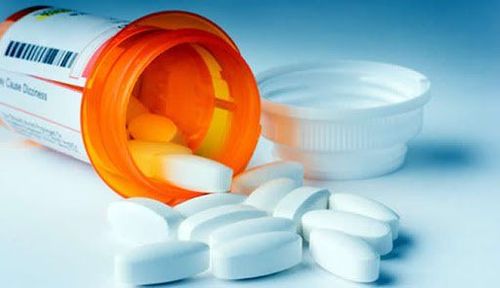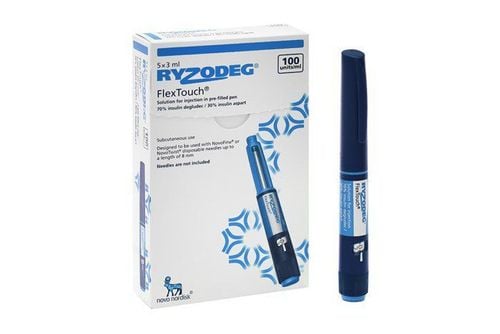This is an automatically translated article.
The article was professionally consulted by Specialist Doctor I Tran Quoc Vinh - Emergency Doctor - Department of Resuscitation - Emergency - Vinmec Nha Trang International General Hospital.1. Hyperglycemia in patients in intensive care
Hyperglycemia is a common disorder in critically ill patients in the ICU. Hyperglycemia may occur in patients with or without diabetes. In addition, hyperglycemia also occurs in acute illnesses in patients with previously normal glucose tolerance, and is termed stress-induced hyperglycemia.Acute hyperglycemia is common in severe patients, accounting for about 96%. Especially stress-induced hyperglycemia will cause adverse clinical effects in trauma patients, subarachnoid hemorrhage, myocardial infarction,...
Causes of hyperglycemia in critically ill patients many factors. The toxicity and activity of inflammatory cytokines, antagonist hormones such as cortisol and epinephrine cause increased peripheral insulin resistance and increased hepatic glucose production. The use of intra- and parenteral nutrition glucocorticoids has an important contribution to hyperglycemia.
Severe hyperglycemia negatively affects the vascular, hemodynamic and immune systems. Hyperglycemia can also lead to electrolyte imbalance, damage to mitochondria and neutrophils, and endothelial dysfunction. Acute illness increases the risk of hyperglycemia through increased hormone antagonists, increased insulin resistance.
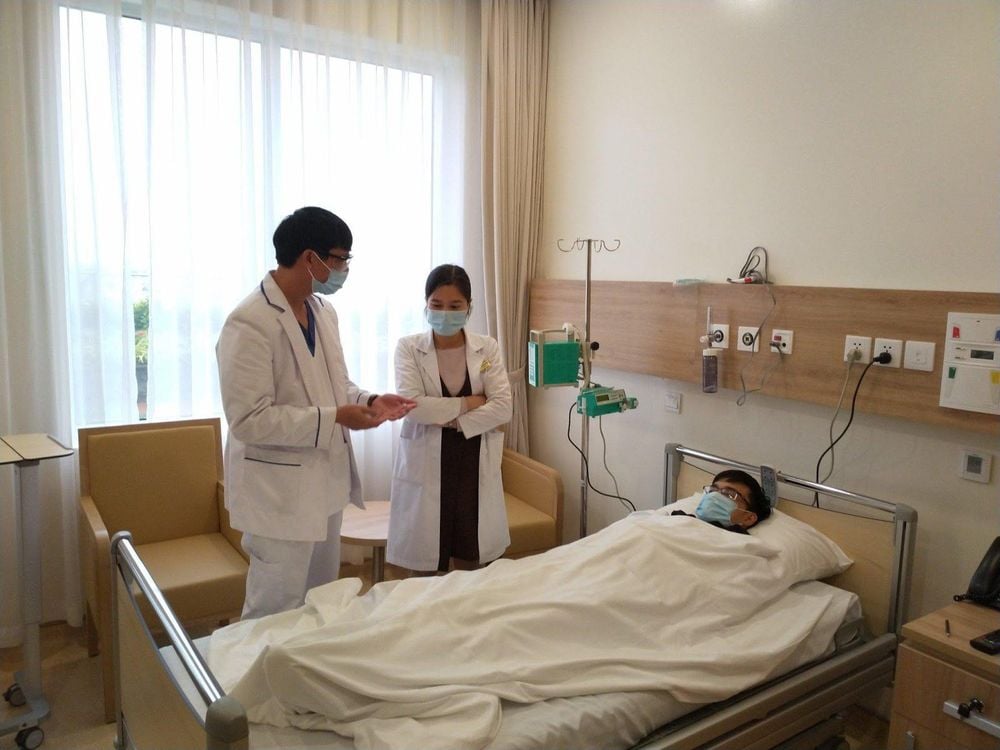
2. Hypoglycemia in patients in intensive care
Hypoglycaemia also has an associated mortality impact in critically ill patients, although it may serve as a symptom of disease or a complication. Hypoglycemia in patients with diabetes during hospitalization has the potential to prolong hospital stay and increase costs. Hypoglycemia due to endogenous insulin, subsequent endothelial damage, abnormal blood clotting and increased hormone antagonists,... are all associated with an increased risk of cardiovascular disease and sudden death.Hypoglycemia requires close monitoring because critically ill patients are not able to report symptoms. Early recognition and treatment of mild hypoglycemia can prevent adverse outcomes associated with severe hypoglycemia. Systematization of the frequency and severity of hypoglycemic events and the implementation of standardized policies for hypoglycaemia treatment are essential components of effective glycemic management.
3. Blood sugar control in the ICU
Blood sugar control in the ICU is very important, reducing the mortality rate by 34%. To increase therapeutic efficacy and safety, intravenous insulin with regular insulin (eg, Actrapid, Scilin R) should be used in critical care patients. Due to the short half-life (5-9 minutes) of circulating insulin. Intravenous insulin can be adjusted frequently to meet the changing insulin needs of the patient.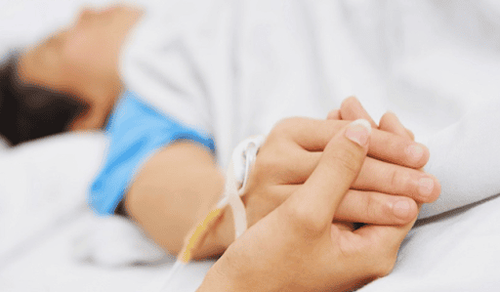
Starting dose of insulin:
If Blood Glucose (BG – Blood Glucose) > 180 mg/dL: Divide baseline blood glucose by 70 and round to nearest 0.5 UI (eg: BG 250 mg/dL then 250) /70 = 3.57, rounds to 4, hence bolus of 4 IV UI). After bolus injection, initiate the infusion at the same hourly rate as the bolus (4 UI/hr continuous IV in the example above). If BG is less than 180 mg/dL, divide by 70 by initial hourly rate but not Bolus (e.g. BG 150 would be 150/70 = 2.15, round to 2, so start infusion of 2 UIs /hour continuous intravenous). Adjustments to insulin doses are predefined based on frequent blood glucose measurements, calculation of hourly differential changes in blood glucose, and application to protocol for subsequent dose adjustment. The overall goal of glycemic control is supported by evidence-based recommendations by several organizations such as:
| Tổ chức | Mục tiêu đường huyết |
| Hiệp hội Đái tháo đường Hoa Kỳ (ADA) | 140-180 mg/dL |
| Hiệp hội các nhà nội tiết lâm sàng Hoa Kỳ | 140-180 mg/dL |
| Chương trình kiểm soát nhiễm khuẩn huyết | 150-180 mg/dL |
| Hiệp hội bác sĩ Hoa Kỳ | 140-200 mg/dL |
| Hội lồng ngực Hoa Kỳ | <180 mg/dL ở bệnh nhân phẫu thuật tim |
Some key principles of glycemic control in the ICU include:
Noinsulin should not be used for diabetes treatment in ICU patients. Intravenous insulin is the safest and most effective way. for the treatment of hyperglycemia in the ICU. Use a glycemic target of 140-180 mg/dL for critically ill patients.

Vinmec International General Hospital is one of the hospitals that not only ensures professional quality with a team of leading medical doctors, modern equipment and technology, but also stands out for its examination and consultation services. comprehensive and professional medical consultation and treatment; civilized, polite, safe and sterile medical examination and treatment space.
If you have a need for consultation and examination at Vinmec Hospitals under the nationwide health system, please book an appointment on the website for service.
Please dial HOTLINE for more information or register for an appointment HERE. Download MyVinmec app to make appointments faster and to manage your bookings easily.





